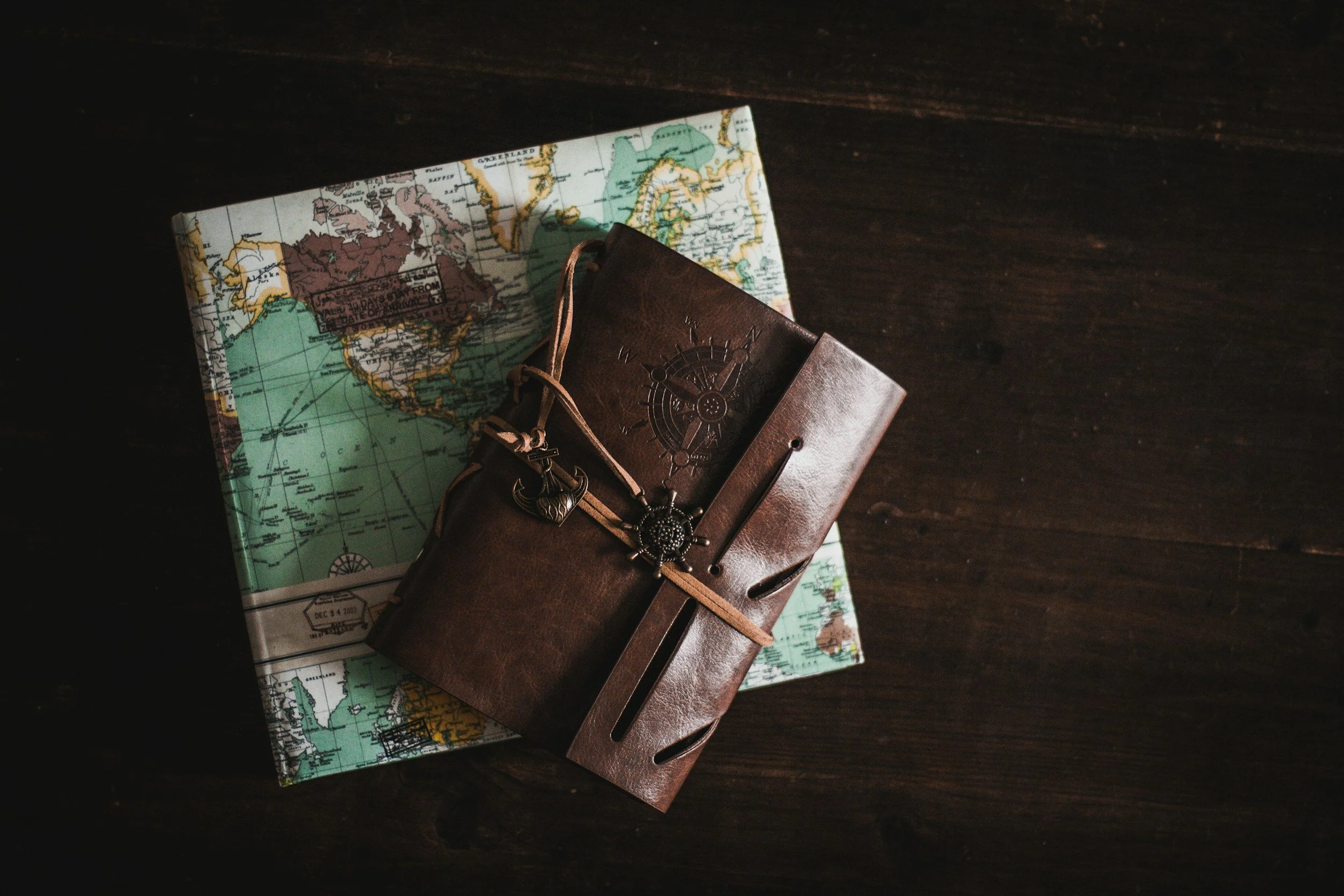Train Travel Thoughts from a Window Seat
I’ve never thought of myself as a writer, but there’s something about train travel that makes me feel like one.
On a recent ETS ride from KL Sentral to Sungai Petani, I found myself quietly staring out the window, thoughts trailing behind like the blur of electric poles and trees.
Whenever I travel with my mother, she always lets me have the window seat – she knows I like watching the world roll by. There’s something calming about the view – mountains keeping their quiet watch in the distance, small buildings nestled between rows of plantations, and clouds drifting lazily above it all. That scene tends to stir up all sorts of thoughts I didn’t know I had.
I’ve often thought about how many great writers were inspired by trains. Agatha Christie wrote about mysteries on the Orient Express. J.K. Rowling famously dreamed up the idea for Harry Potter during a train ride when her mind wandered and sparked something magical. Paul Theroux found stories on tracks spanning continents.
I’m no Christie, Rowling, or Theroux, but when I’m on a train, I feel like I could be. Maybe this is how travel inspires creativity – even when you’re not an artist. A moving seat, a quiet hour, and suddenly, my mind is doodling things I hadn’t planned.
The last time I took the ETS from KL Sentral to Sungai Petani, it was supposed to be just another trip home. But something about being in motion again – rolling steadily north through the Malaysian countryside – had me staring out the window longer than usual. I didn’t plan to write anything; I rarely do.
As we approached Bukit Merah Lake, the train made an announcement asking us to admire the view. I almost laughed. It felt like the train itself was saying, “Eh, come on lah, look outside – it’s nice.” And they were right. Water stretched out calmly on both sides, and for a moment, I wasn’t thinking of anything, just watching.
What is it about train travel that opens the door to this kind of clarity? Maybe it's the way time slows down. You're not rushing through terminals or anxiously checking your gate. You sit, you stare, you listen. Even the announcement voice – reminding you, again and again, about the "final destination" – starts to feel like part of a poem. Slightly ominous, maybe. But also comforting in its rhythm.
I saw little moments that I wouldn’t have noticed otherwise. My mother asked the stranger beside me if we could swap seats so we could sit together – only to realise, after the awkward shuffle and the journey started, that the seat beside her was already empty.
The elderly couple a few rows ahead bickering, quietly but intensely, about a bag that was sticking out of the overhead compartment. The couple behind us rustling through their plastic bag of food after hearing us loudly struggle to unwrap our slightly-squashed buns.
Train travel has its own kind of rhythm – and its own unspoken rules. It's the kind of shared chaos that only happens in confined public spaces, but it’s oddly comforting. No one was in a rush. Everyone was, in some way, settling in.
There’s no clickety-clack anymore with the ETS. It’s smooth, modern, and quiet. But the silence gives your brain more space to wander. Maybe too much, if you're prone to overthinking. I had time to wonder why trains are such a natural space for ideas – notebooks, novels, entire daydreams.
By the time we arrived in Sungai Petani, I hadn’t written a word. But I had written many in my head. I had a few blog post ideas, including this one, rolling around in my thoughts like marbles I hadn’t quite caught. And that, I think, is enough for a train ride to count as productive.
So, the next time you’re planning a trip, consider taking the train. Don’t worry about being productive. Just bring a notebook. Or don’t. Bring snacks that don’t crinkle too loudly. Or don’t. Let your mind drift. Watch people swap seats without a word. Watch the landscape shift. Watch water appear on both sides of the tracks like a scene in a movie.
You don’t need to be a writer. But if you’re anything like me, you might start to feel like one anyway.















